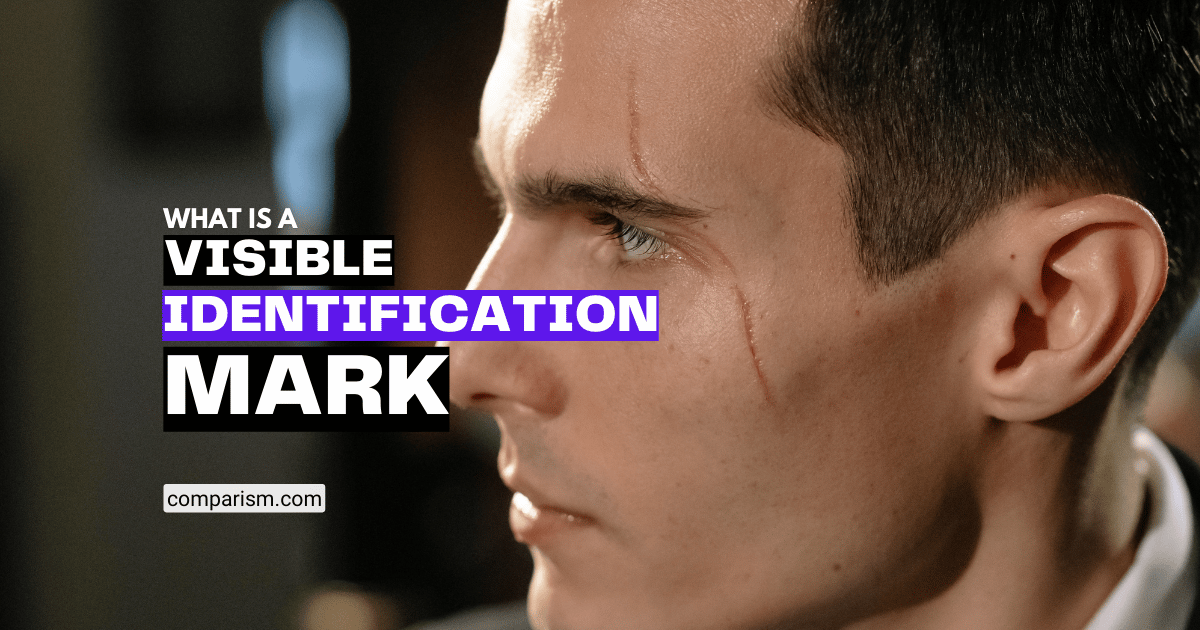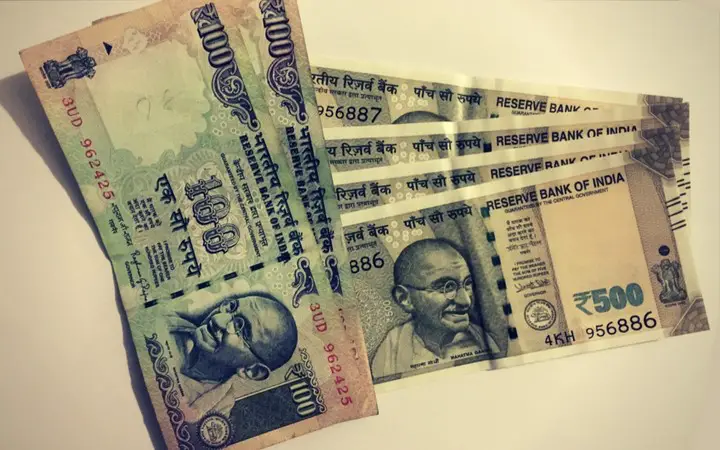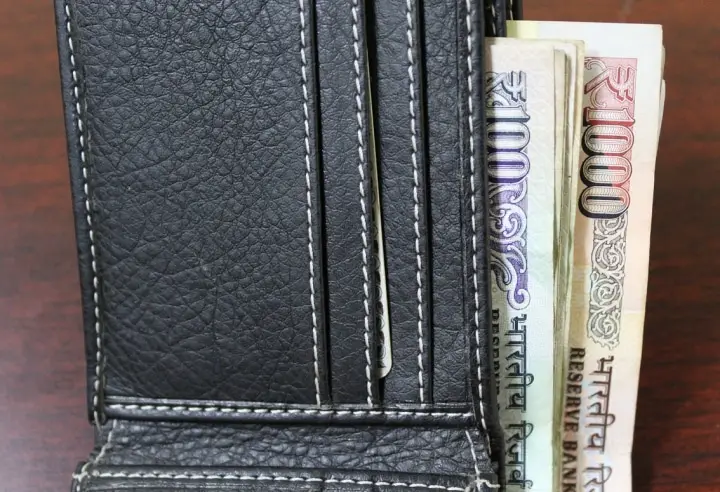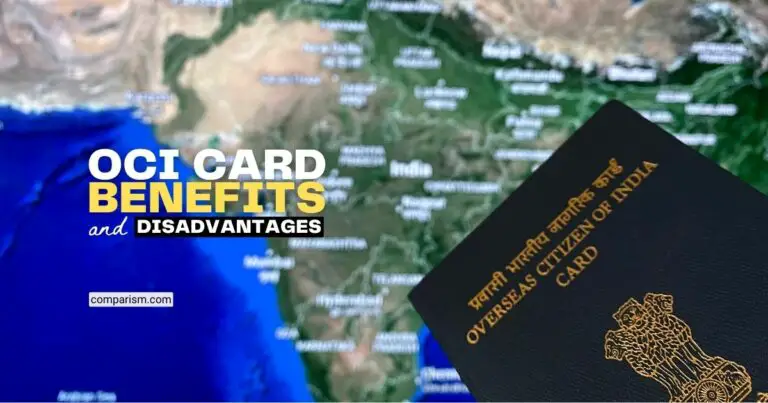What is Visible Distinguishing Mark On OCI Application?
A visible distinguishing mark is a permanent marking on the body that may be used to identify someone quickly. This can include scars, tattoos, moles and birthmarks on visible parts of your body like face, arms, neck, hands or wrist etc.

If you are applying for an OCI (Overseas Citizen of India) card, you will be asked to provide information about any visible identification marks on your body.
In this guide, we will discuss what is a visible mark on OCI application and other forms like Indian passport renewal, Indian visa or other official forms and also guide you with what you can enter as a valid option.
This guide will also help you fill all kinds of applications that require this type of identification over the modern biometric options.
Before we jump in, let’s quickly understand what does visible identification mark mean?
What are Visible Distinguishing Marks (Meaning)
A visible distinguishing identification mark means any identification mark on your body by birth (a birthmark) or indelible scar in clothed condition. To give you some examples, it can be a mole on your hand, a cut mark on the forehead, a permanent tattoo or a scar on your hand/arm.
The idea is that these marks should be easily visible, identifiable and not require you to remove any clothes.
So, what can you put for visible identification marks exactly?
Examples of Valid Visible Marks of Identification on Body
Any visible birthmark, scar, mole, permanent tattoo, cut mark, wound mark or any other permanent mark on your face, neck, wrist, hand, forehead, chin, arms, foot, palm, etc is acceptable.
Here are a few examples to guide you in filling in your application’s visible identification mark section.
- Mole on the right cheek
- Mole on the forehead
- Scar on the right hand
- Birthmark on the neck
- Permanent tattoo on arm/neck/hand
If you have more than one visible mark, you can mention them together in the form field. For example, mole on the right cheek and a permanent tattoo on the right hand.
Some rare and unusual body attributes like ‘an extra sixth finger’ is also acceptable distinguishing mark.
What is a Visible Mark on the OCI Application?
On your OCI or passport application, tattoos, moles, birthmarks, scars, burn marks can be used as an identification mark. This question was added so you could be identified in case of accident or if you go missing, and a description is required of you.
Generally, visible means on your face, neck, arms and legs, but if you have any of these on your back, you should include them as well.
Why is a Visible Mark Required?
A visible mark is required so in case of any emergencies, you could be identified. But, asking for a visible mark is outdated and is a very old way to identify a person. It no longer plays an important role with the advent of new technology in biometrics.
The forms that still ask for it were designed in an era when there was no other biometric technology available. The technology advanced but the forms didn’t.
The question about visible marks can now be easily discontinued now, but somebody needs to take the call to retire them as they’re almost redundant.
At this point, it’s merely a formality that you have to fill in.
When You Don’t Have Any Visible Mark on Your Body
If you don’t have a distinguishing mark that’s easily visible, you can write NONE on your OCI, Indian passport or Indian Visa applications. But, I recommend adding one somehow, if you can. You can make use of the examples I have provided above. Enter ‘None’ as your last option if you can’t find any valid visible mark.
As I mentioned before, a visible distinguishing mark means any mark on the body by birth, birthmark, indelible scar, etc. (normally visible).
Please do not mention the marks that are not ordinarily visible. That means only mention the marks on your body that don’t need you to remove any clothes.
Final Thoughts
I hope you now understand what is a visible mark on the OCI application (or even Indian visa and passport application, for that matter).
I have also provided you with some exact examples for you to take inspiration from and help you fill your forms.
A visible identification mark isn’t really used anymore with the advent of technology in biometrics. So somebody up high needs to take a call and remove this unnecessary question from the form and save you a Google search.
Until then, you can follow this guide by Comparism.
And next time, anyone asks you, you can point them to this guide 😉
If you’ve come this far and this guide helped you, consider signing up for my free newsletter where I send similar tips to make your life easy. And then some more tips for saving money and building wealth in the UK.
You can now head back to my detailed guide to apply for OCI card in the UK.





